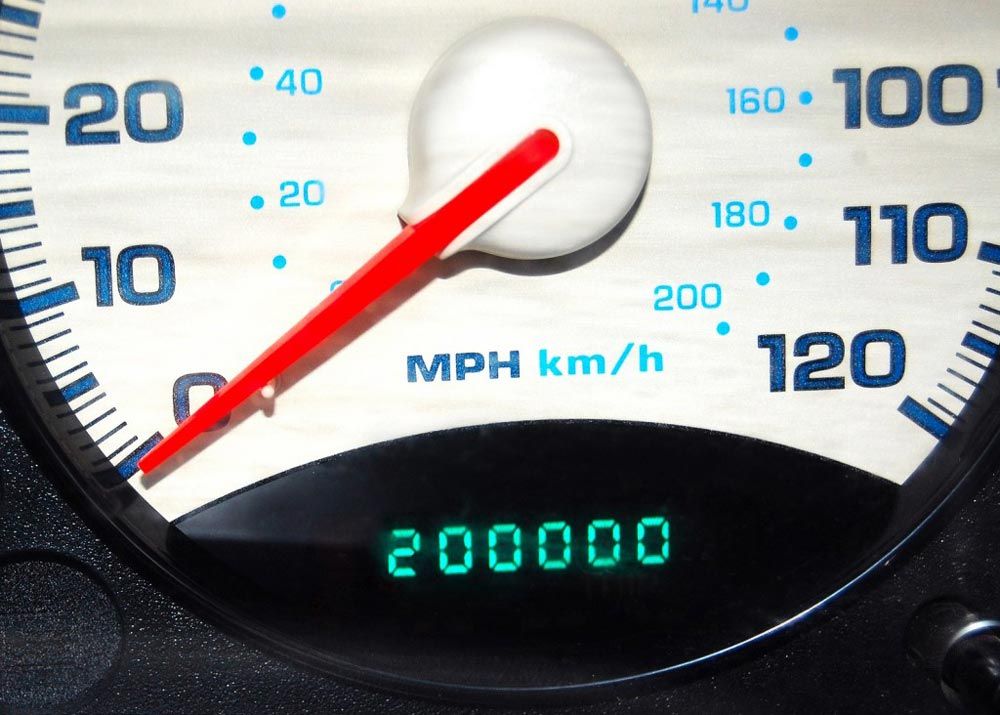(c) 2007, Andrea M. Hill
Can You Put 200,000 Miles On Your Brand?

But building a brand requires commitment to every aspect of your business, from the quality and cost of components, to post-sale support, and all the way through long-term product satisfaction.
Originally Published: 06 September 2007
Last Updated: 30 October 2020
Andrea Hill's Latest Book
Straight Talk
The No-Nonsense Guide to Strategic AI Adoption

Where other books focus on prompts and tools, this book gives business leaders what they actually need: the frameworks and confidence to lead AI adoption responsibly, without having to become technologists themselves.
Also available at independent booksellers and libraries.
Software & Service Links
The links below are for services offered by Andrea Hill's companies (StrategyWerx, Werx.Marketing, MentorWerx, ProsperWerx), or for affiliate offers for which we may receive a commission or goods for referrals. We only offer recommendations for programs and services we truly believe in at the WeRx Brands. If we're recommending it, we're using it.
Ford is making advertising headlines this week as they launch their “Swap My Ride” campaign. Consumers who just bought new cars – but not Fords – were asked by a seemingly independent 3rd party researcher (in actuality, Ford marketing staff) to trade their new car for a comparable Ford for one week. The ad campaign shows the results of trade participants as they say things like “I got bad news for the Suburban,” and “can I keep this?”
I imagine the commercials will be well done – there’s no excuse for presenting bad advertising these days. But this isn’t just about advertising. There are two deeper brand issues to consider.
The first issue is that Ford is behaving like a challenger brand. Challenger brands can be highly successful – think 7-Up’s Un-Cola, Avis’ “we’re number 2 so we try harder,” and the early days of FedEx going after UPS. But is Ford a challenger brand? Challenger brands are generally upstarts in a market who are going after a specific niche and are prepared to rely on esteem and preference to set them apart. It’s possible that Ford sees themselves in the challenger brand role, given how their US market share continues to slip. But it can be dicey for a one-time leader to now be satisfied with asserting “Hey! We’re as good as the other guy!”
The second consideration is how this strategy will play out over the life of a product. This is a thought process that marketers do not engage in enough, and it can provide significant insight into the future marketing and brand perception of your product. It goes like this:
First Wave: Ford goes under cover and gets new car buyers to swap for a Ford for a week. Customer loves product and wants to keep it.
Second Wave: Ford goes under cover and gets drivers of cars with 5 years/60,000 miles to swap for comparable Fords (in terms model, care, miles, etc.) for one week. Or, better yet, have a real third-party research firm follow customers of comparable cars – Ford and non-Ford models – and track their service and repair experiences and costs over the life of the vehicles.
Third Wave: Same as second wave, only at 8 years/100,000 miles.
How will Ford stand up to the competition then? Will people be enthusiastic enough about Ford to lead to a significant increase in customer loyalty? If not, then Ford has just produced another extremely expensive advertising campaign with little hope for creating increased brand value.
Brand value must be considered over long timeframes. Coming up with great advertising just isn’t that difficult. But building a brand requires commitment to every aspect of your business, from the quality and cost of components, to post-sale support, and all the way through long-term product satisfaction. If you have these things but suffer from bad advertising, that’s actually quite easy to fix. But if you have great advertising yet suffer from weakness in your organization, that’s much more expensive and difficult to repair.
Next time you put an ad together, ask yourself how that ad would play out – not to the next new buyer of the product - but from the perspective of owners of the product over its reasonable life. If you don’t feel great about what you come up with, maybe the next budgetary allocation should go, not to a new ad, but fixing the parts of your company that are keeping your customers from coming back.









